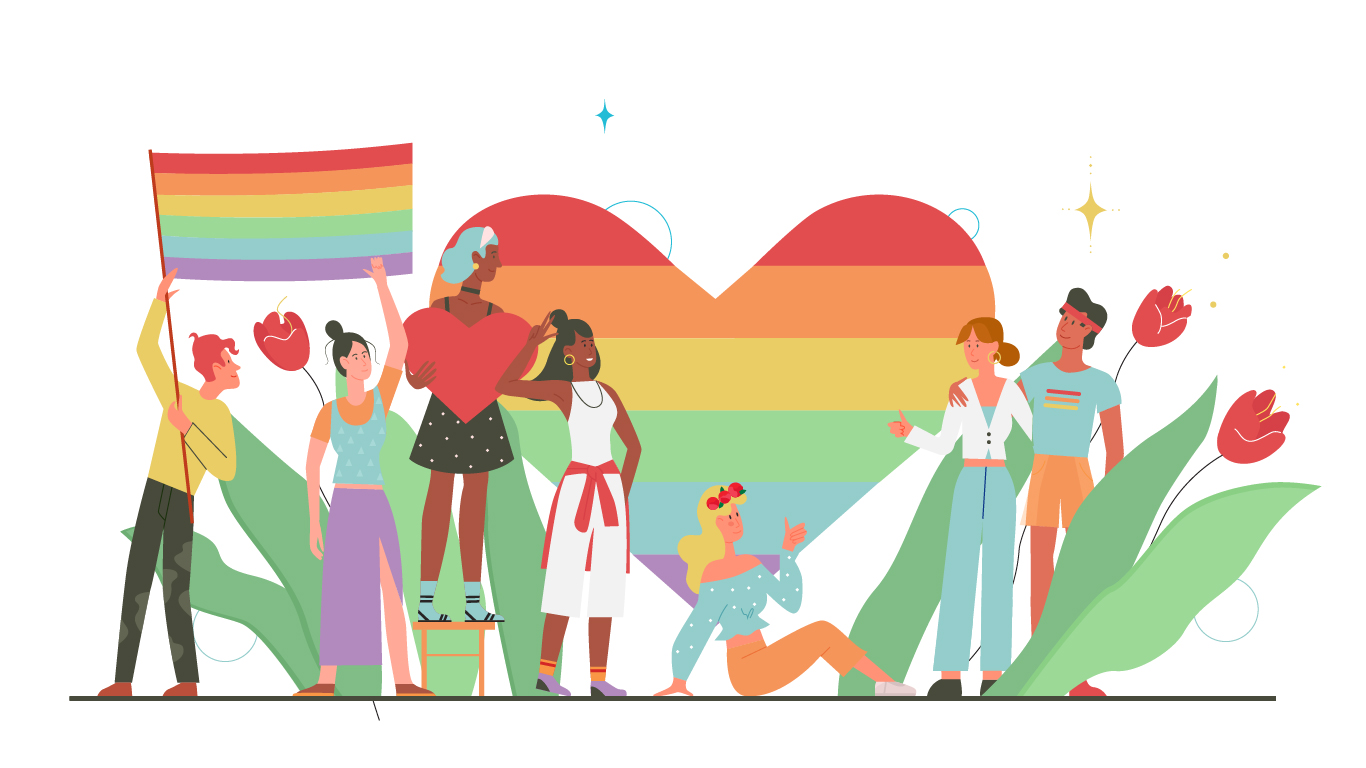
Each year, the 3rd Wednesday of October marks International Pronouns Day. This day serves as a reminder to make respecting, sharing, and educating about personal pronouns commonplace. Like calling someone by their name, referring to people by the pronouns they determine for themselves is basic to human dignity.
The use of gender-neutral pronouns in English, such as they, Mx and hir, is not a recent invention. Gender-neutral personal pronouns were first introduced to the English language in the early 1900s.
In French, the use of the gender-neutral pronoun iel is quite recent. It was introduced in the online edition of the French dictionary Le Petit Robert in 2021. The word iel is a combination of “il” (he) and “elle” (she).
Over the past decade, the importance of gender-neutral terms and respecting personal pronouns have become more widely recognized.
As society changes, so do the words that are used by people to describe their gender and sexual orientation. As a statistical agency, Statistics Canada must adapt to these changes to make sure that the tools used to collect data on these topics use a terminology that is respectful and that captures the right information.
With the release of the 2021 Census of Population, Canada became the first country to provide census data on transgender and non-binary people.
Prior to the 2021 Census, some individuals indicated that they were not able to see themselves in the two existing responses of “male” and “female” for the sex question in the census.
For many people, their gender corresponds to their sex at birth (cisgender men and cisgender women). For some, their gender does not correspond with their sex at birth (transgender men and transgender women) or their gender is not exclusively "man" or "woman" (non-binary people).
For the first time, the 2021 Census included a question on gender and the precision of “at birth” on the sex question, allowing all cisgender, transgender and non-binary people to report their gender.
Among the 59,460 transgender people in Canada, there were more transgender women (31,555) than transgender men (27,905).
The inclusion of gender and sex at birth has led to a more inclusive census that better reflects the diversity of the Canadian population. Statistics Canada will continue to engage with all segments of the Canadian population and adapt, as it has for more than a century, to reflect societal changes.
Respecting the pronouns that others go by is important, but everyone is different. Some people may not wish to share their pronouns, go by multiple sets of pronouns or simply want to be referred to by their first name. By sharing your own preferences or personal pronouns, you can let people know how you want to be referred to. Sharing your own preferences can also help create a safe environment for those around you to do so as well.
Please do not hesitate to explore additional International Pronouns Day resources.
StatsCAN app
Did you know you can read StatsCAN Plus articles and more on the StatsCAN app? If you’re already using the app, let us know what you think by leaving a review in the Apple App Store and Google Play.
Contact information
For more information, contact the Statistical Information Service (toll-free 1-800-263-1136; 514-283-8300; infostats@statcan.gc.ca) or Media Relations (statcan.mediahotline-ligneinfomedias.statcan@statcan.gc.ca).
